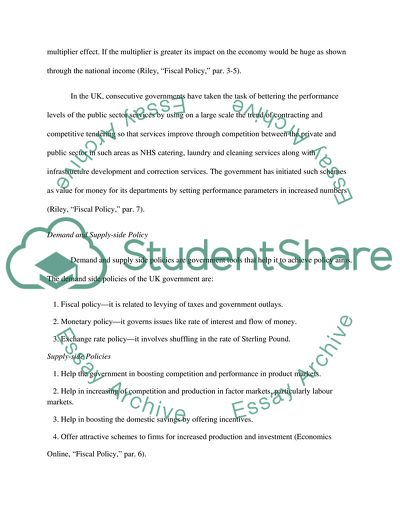Cite this document
(The Main Monetary Instruments in the British Government Essay, n.d.)
The Main Monetary Instruments in the British Government Essay. Retrieved from https://studentshare.org/social-science/1751978-explain-the-main-monetary-and-fiscal-policy-instruments-available-to-the-british-government-and-examine-the-relative-importance-that-is-attached-to-them-by-this-and-by-previous-governments-of-the-post-war-era
The Main Monetary Instruments in the British Government Essay. Retrieved from https://studentshare.org/social-science/1751978-explain-the-main-monetary-and-fiscal-policy-instruments-available-to-the-british-government-and-examine-the-relative-importance-that-is-attached-to-them-by-this-and-by-previous-governments-of-the-post-war-era
(The Main Monetary Instruments in the British Government Essay)
The Main Monetary Instruments in the British Government Essay. https://studentshare.org/social-science/1751978-explain-the-main-monetary-and-fiscal-policy-instruments-available-to-the-british-government-and-examine-the-relative-importance-that-is-attached-to-them-by-this-and-by-previous-governments-of-the-post-war-era.
The Main Monetary Instruments in the British Government Essay. https://studentshare.org/social-science/1751978-explain-the-main-monetary-and-fiscal-policy-instruments-available-to-the-british-government-and-examine-the-relative-importance-that-is-attached-to-them-by-this-and-by-previous-governments-of-the-post-war-era.
“The Main Monetary Instruments in the British Government Essay”, n.d. https://studentshare.org/social-science/1751978-explain-the-main-monetary-and-fiscal-policy-instruments-available-to-the-british-government-and-examine-the-relative-importance-that-is-attached-to-them-by-this-and-by-previous-governments-of-the-post-war-era.


